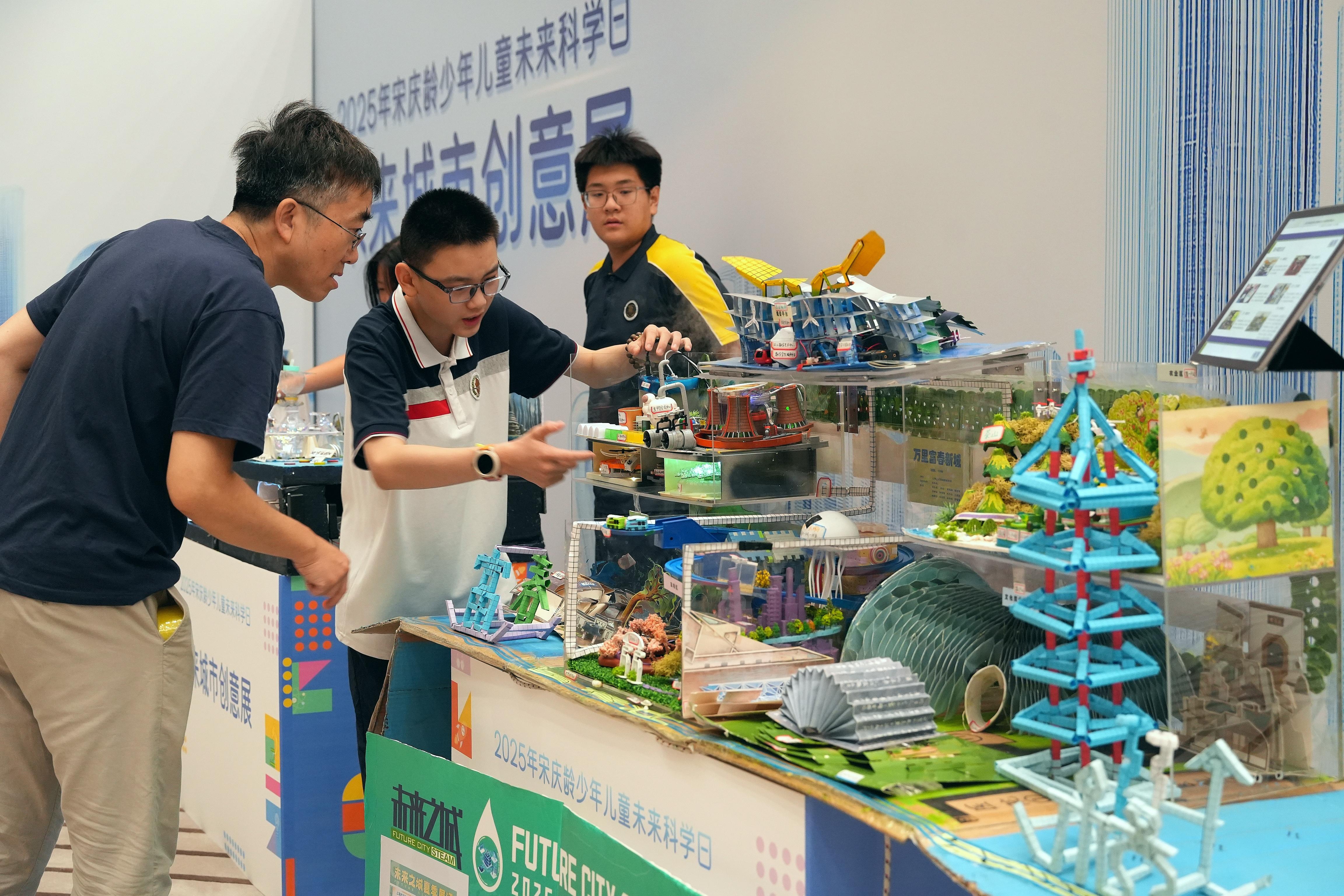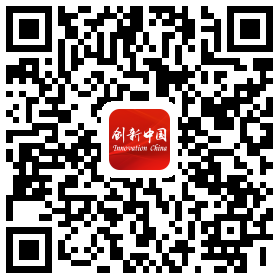China's Climate Early Warning AI System

The China Meteorological Administration (CMA) has a brand new AI-powered meteorology solution for early warnings for all, dubbed MAZU, and donated the MAZU-Urban, a multi-hazard early warning AI system, to Djibouti and Mongolia at the opening ceremony of the 2025 World Artificial Intelligence Conference in Shanghai on July 26.
Since January, the AI agent MAZU-Urban has been piloted in 35 countries and regions across Asia, Africa and Oceania. It is jointly developed by the Shanghai Meteorological Service and some sci-tech research institutions including the Shanghai Artificial Intelligence Laboratory.
MAZU is named after the ancient Chinese goddess of the sea and embodies a spirit of protection and preparedness. It stands for multi-hazard, alert, zero-gap and universal.
The solution aims to jointly address global climate challenges by building a global early warning service network covering multiple hazards, and share China's experience and technological achievements with the world, particularly with other developing countries.
The core strategy of the MAZU initiative is to break down the barriers of meteorological infrastructure with cloud technology. The cloud-based early warning system serves as the core, designed to maximize access to advanced technologies.
Benefiting from China's latest technological achievements and meteorological service products, other developing countries could have modern early warning capabilities, such as high-resolution forecasting, without investing heavily in local supercomputing centers and data storage facilities. This can be an effective way to bridge the digital and intelligent divide.
Unlike traditional one-way technical aid, the MAZU initiative focuses on equal collaboration and common growth. It aims to make global meteorological science and technology a public good, while fostering a fairer and more balanced global meteorological governance system.
According to the CMA, MAZU-Urban features a "3-in-1" smart architecture integrating all-in-one, tablet and mobile devices. The all-in-one device serves global meteorological and emergency departments, aligning international standards with local guidelines to boost risk awareness, real-time monitoring, and localized defense planning.
The tablet device targets industry users, offering customized risk assessments based on multi-source data. The mobile app focuses on the public, delivering location-based alerts, evacuation instructions, shelter navigation, and emergency contacts.







